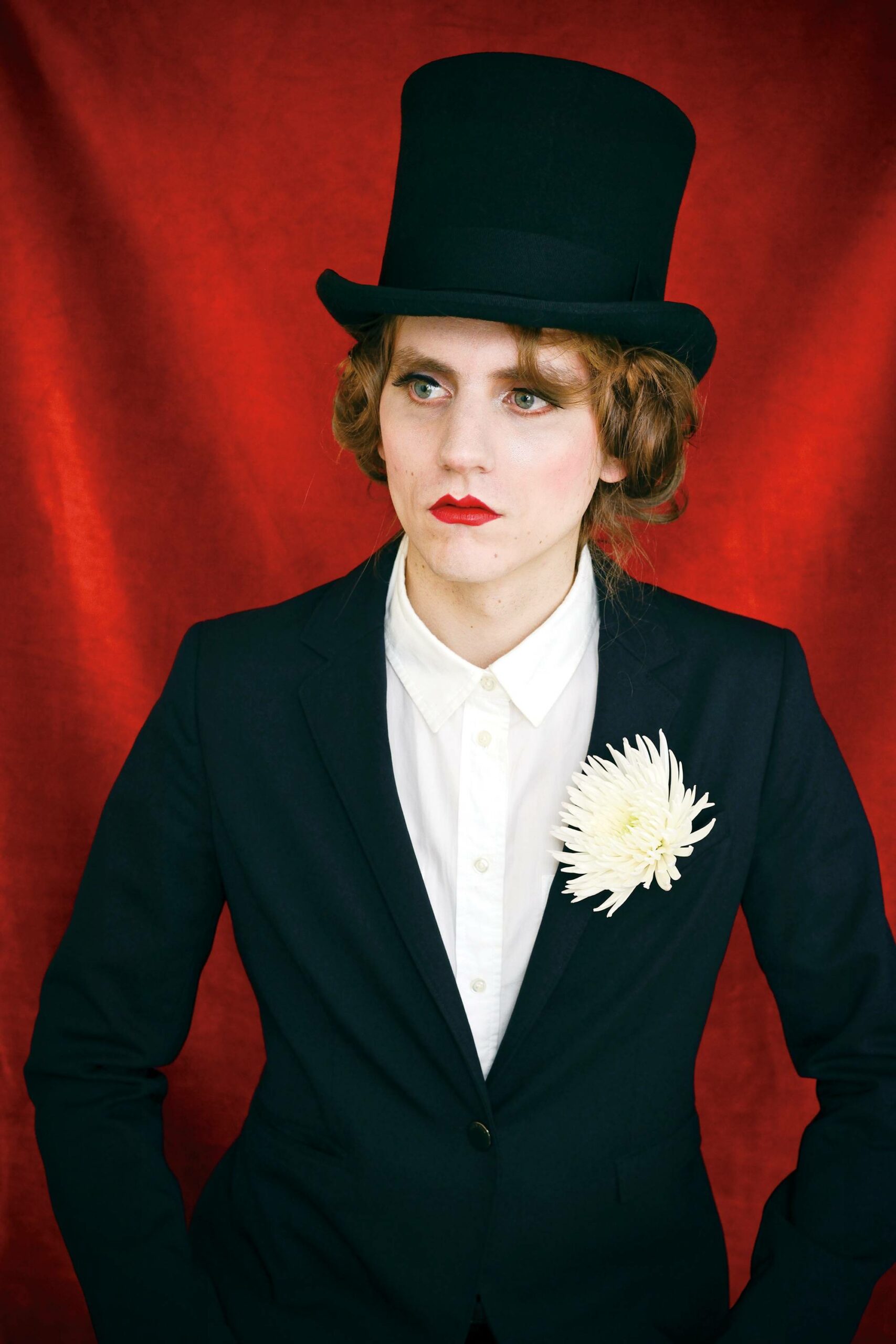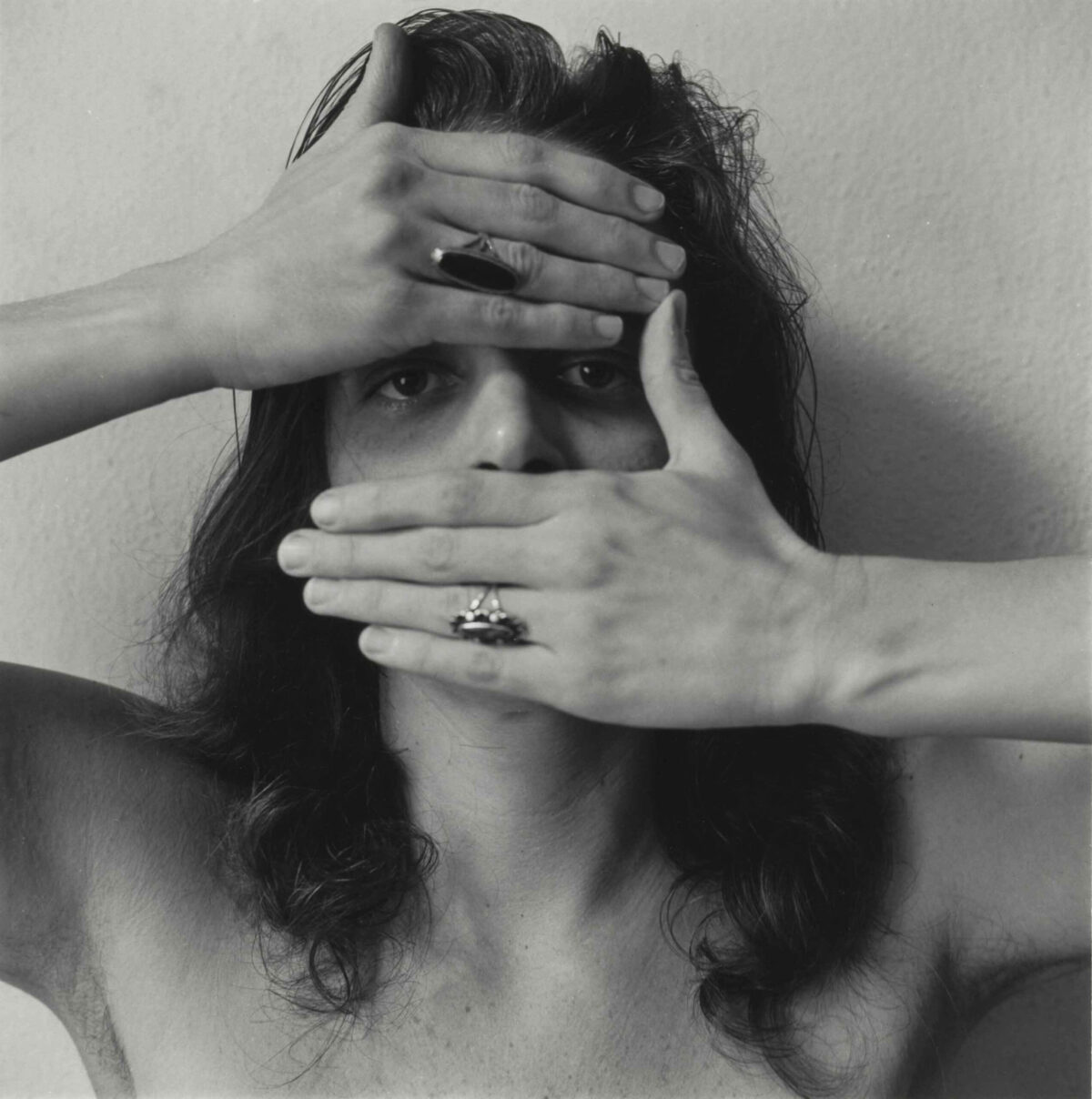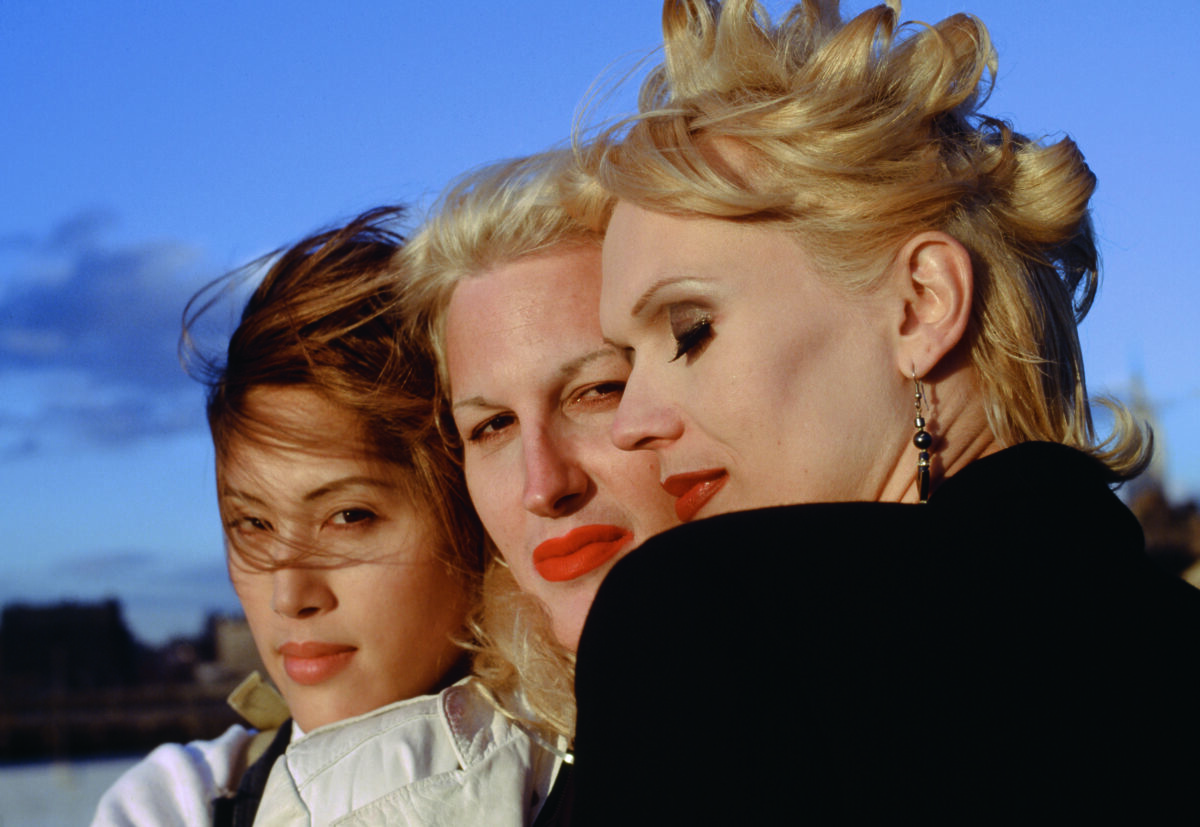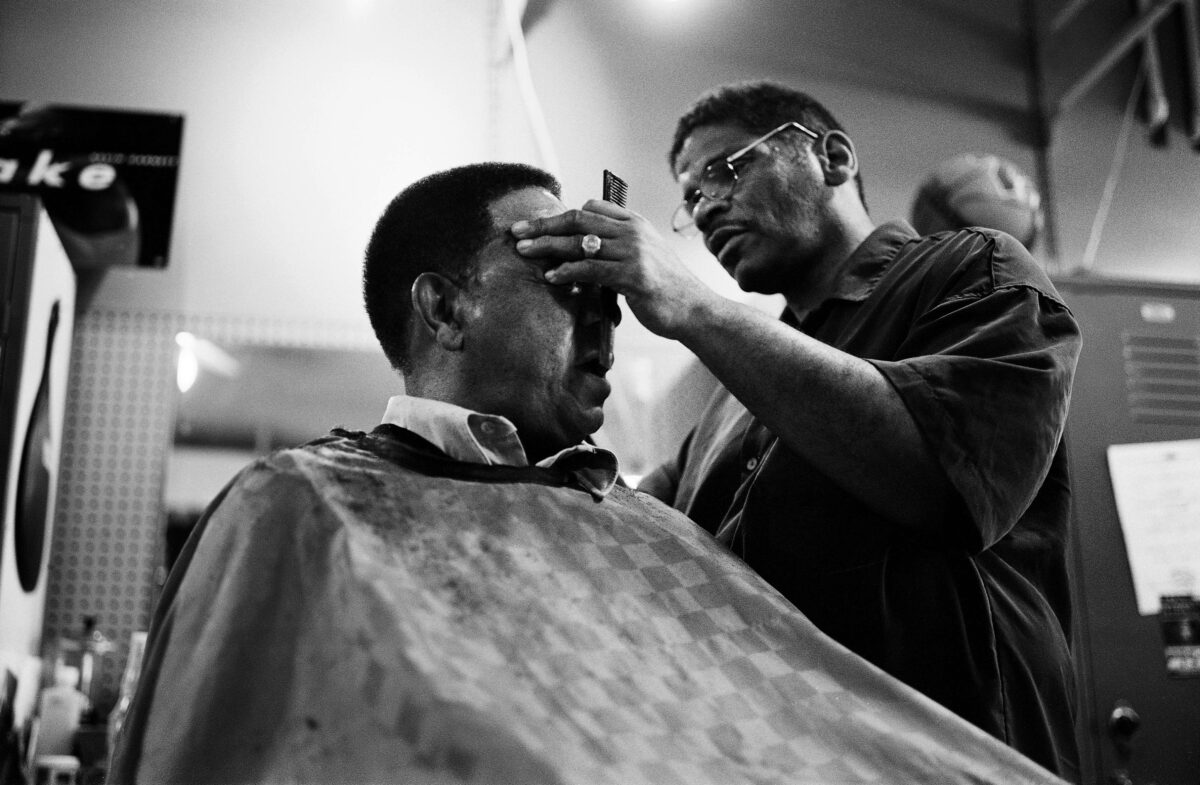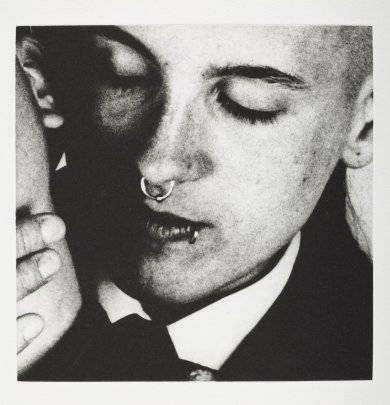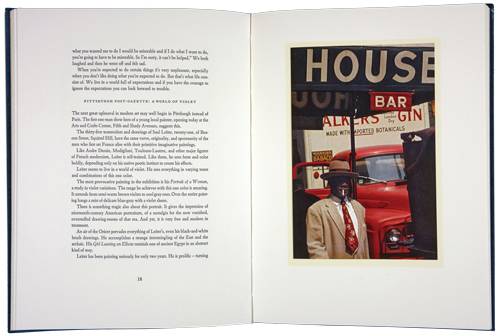Harry Callahan had Eleanor, Emmet Gowin had Edith, Eugene von Bruenchenhein had his wife, Marie. And Lissa Rivera has BJ Lillis. But in her series Beautiful Boy, on view at ClampArt through July 15, Rivera flips the conventional male-female/artist-muse relationship in complicated ways.
The series began when Lillis confessed to Rivera one evening that while he had worn women’s clothes regularly when he was in college, he found it more difficult to find the freedom and acceptance to continue doing so after he graduated. Rivera suggested that photography might be a way to find a comfortable space for exploration, and she began staging and taking photographs of him. Ultimately, Lillis became her muse as well as her romantic partner.
Rivera, who is also associate curator at the Museum of Sex in New York City, draws on conventions of femininity and beauty based in film and fashion magazines, and from the idea – famously explored by theorist Judith Butler in Gender Trouble: Feminism and the Subversion of Identity (1990) – of gender as performance. Adopting different roles, Lillis gazes at himself in a mirror; sits on the edge of a bed and looks out of a window, tense and waiting, like the heroine of a Hitchcock film; or gazes into the middle distance, wearing a crown of flowers.
Rivera has a fashion photographer’s eye for staging and color, and both photographer and muse have spent significant time delving into the history of cinema and the creation of studio starlets. Rivera costumes Lillis carefully in styles that signify specific film icons of bygone eras. In one image, he rests against the side of a deep blue pool wearing red lipstick and a 1950s-era patterned bathing cap; another (winkingly titled Male Impersonator, 2015) recalls the iconic 1928 Alfred Eisenstaedt photo of Marlene Dietrich, as well as the history of vaudeville and theater signified by the velvet curtain. “I hope that my images become like Russian nesting dolls for viewers to unpack,” says Rivera. On one hand, the fantasies Rivera and Lillis create together draw on a fairly narrow band of what might be construed as female power. But on the other, the fact that Lillis feels beautiful seems abundantly clear, which suggest a deeper sort of beauty and a more profound sort of power.

